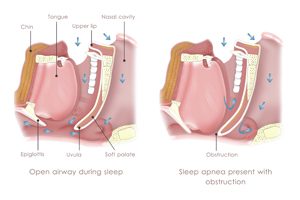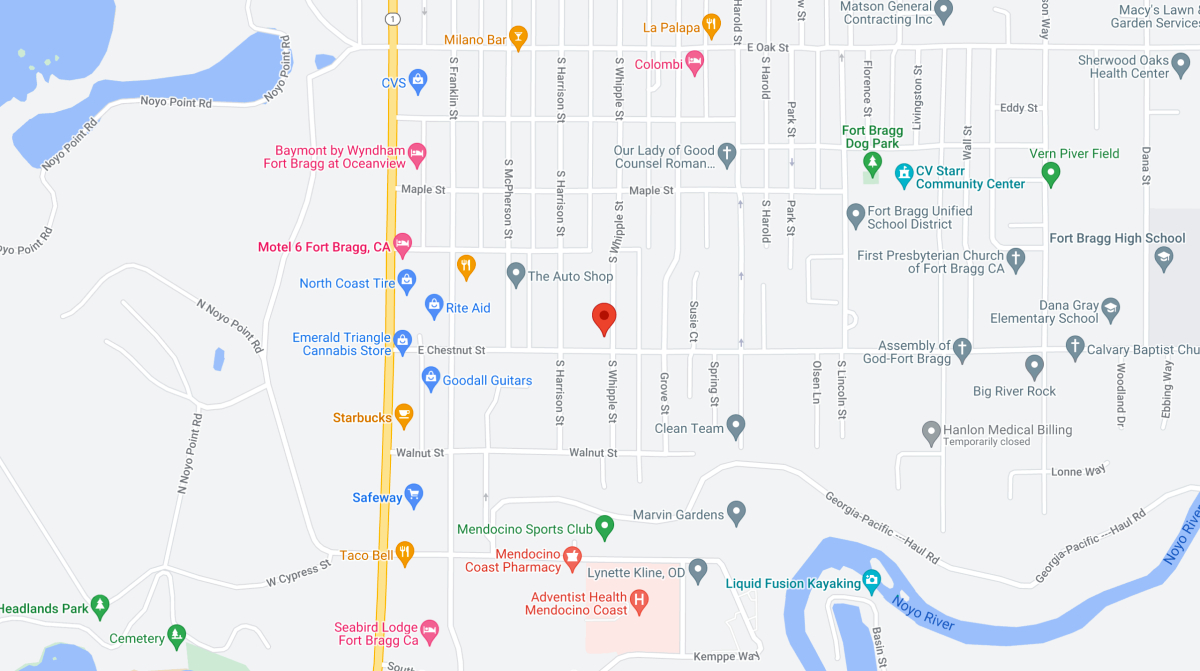 Sleep apnea is a potentially dangerous disorder with fairly benign symptoms—loud snoring at night, morning headaches, and/or daytime bouts of sleepiness. The cause? Intermittent periods throughout the night when an individual actually stops breathing.
Sleep apnea is a potentially dangerous disorder with fairly benign symptoms—loud snoring at night, morning headaches, and/or daytime bouts of sleepiness. The cause? Intermittent periods throughout the night when an individual actually stops breathing.
Breathing cessation, or apnea, can last from seconds to nearly a minute. When breathing resumes—the brain senses lack of oxygen and wakes you up—snoring is loud, sometimes explosive. In the morning, the build-up of carbon dioxide in the blood causes headaches. And the lack of deep, relaxing sleep can leave you drowsy and grouchy during the day.
During sleep apnea, the upper air passages in the mouth and throat obstruct (no one is sure why). One form of treatment is wearing an acrylic appliance during sleep to keep air passages open. It’s comfortable, easy to use, and brings the needed restful sleep.
If you have symptoms of sleep apnea, your partner will likely let you know about the snoring—but we’d like to discuss it with you as well! Patients in our program find the change in the quality of their sleep, and their waking life, like night and day.


